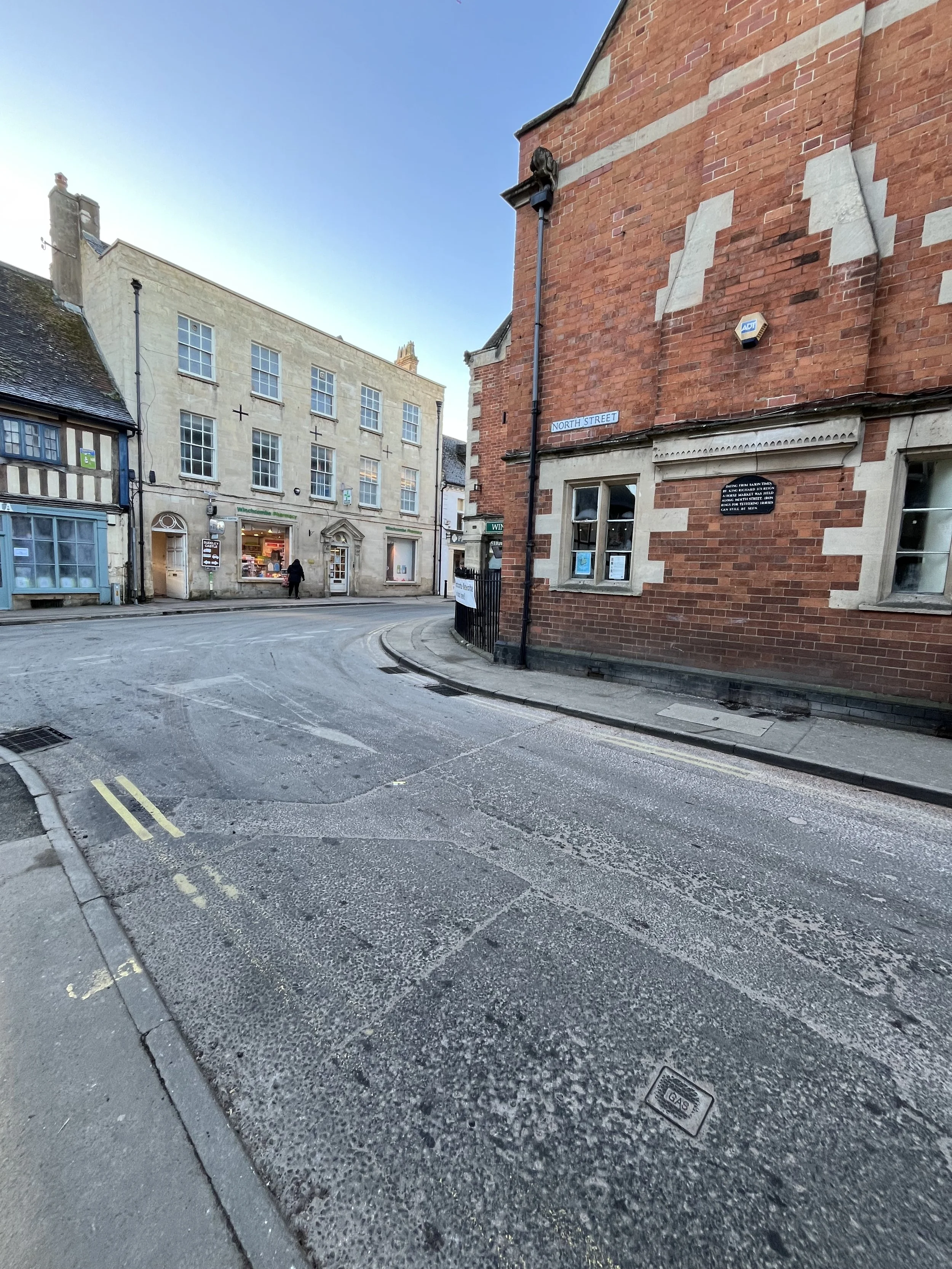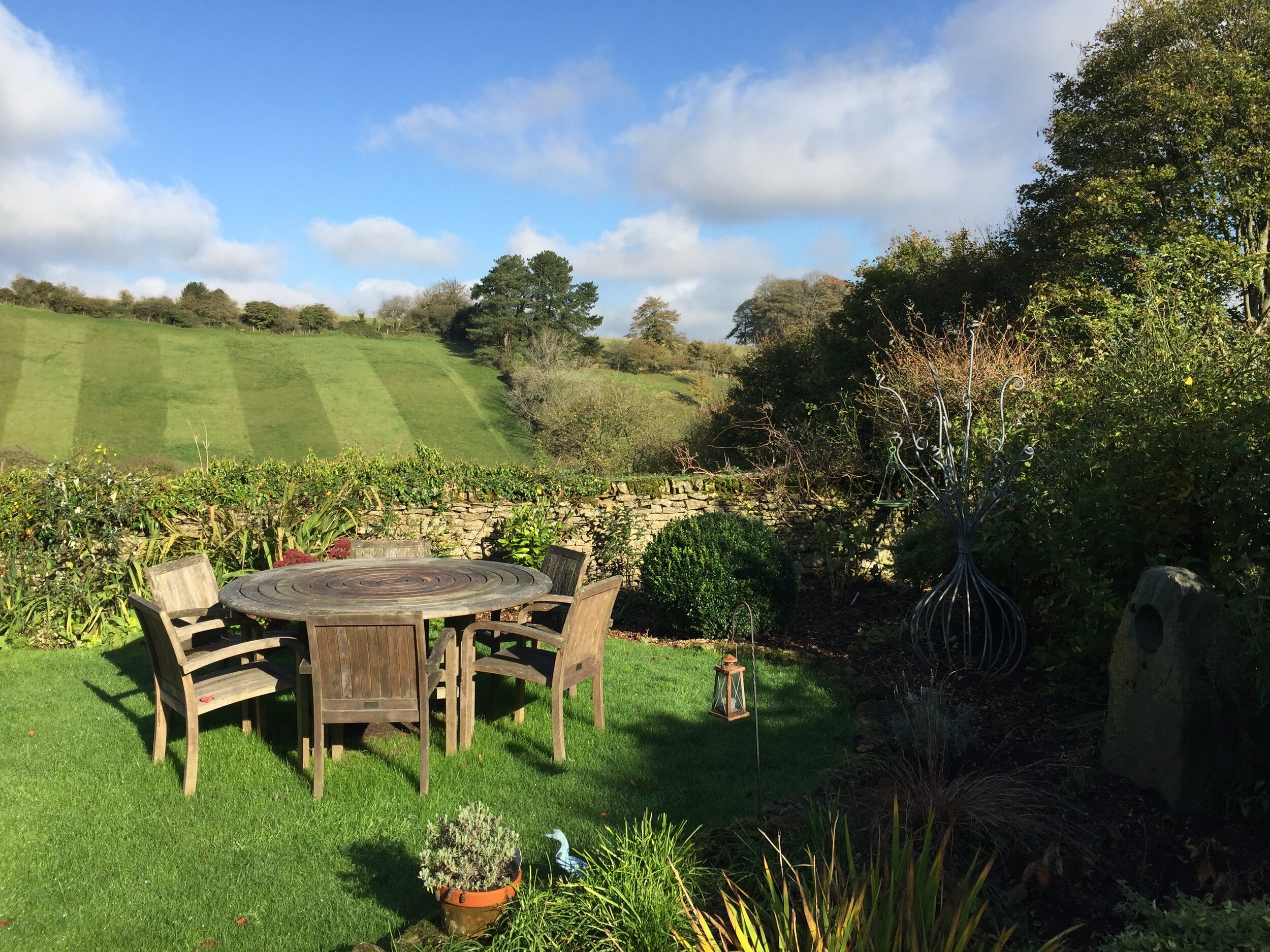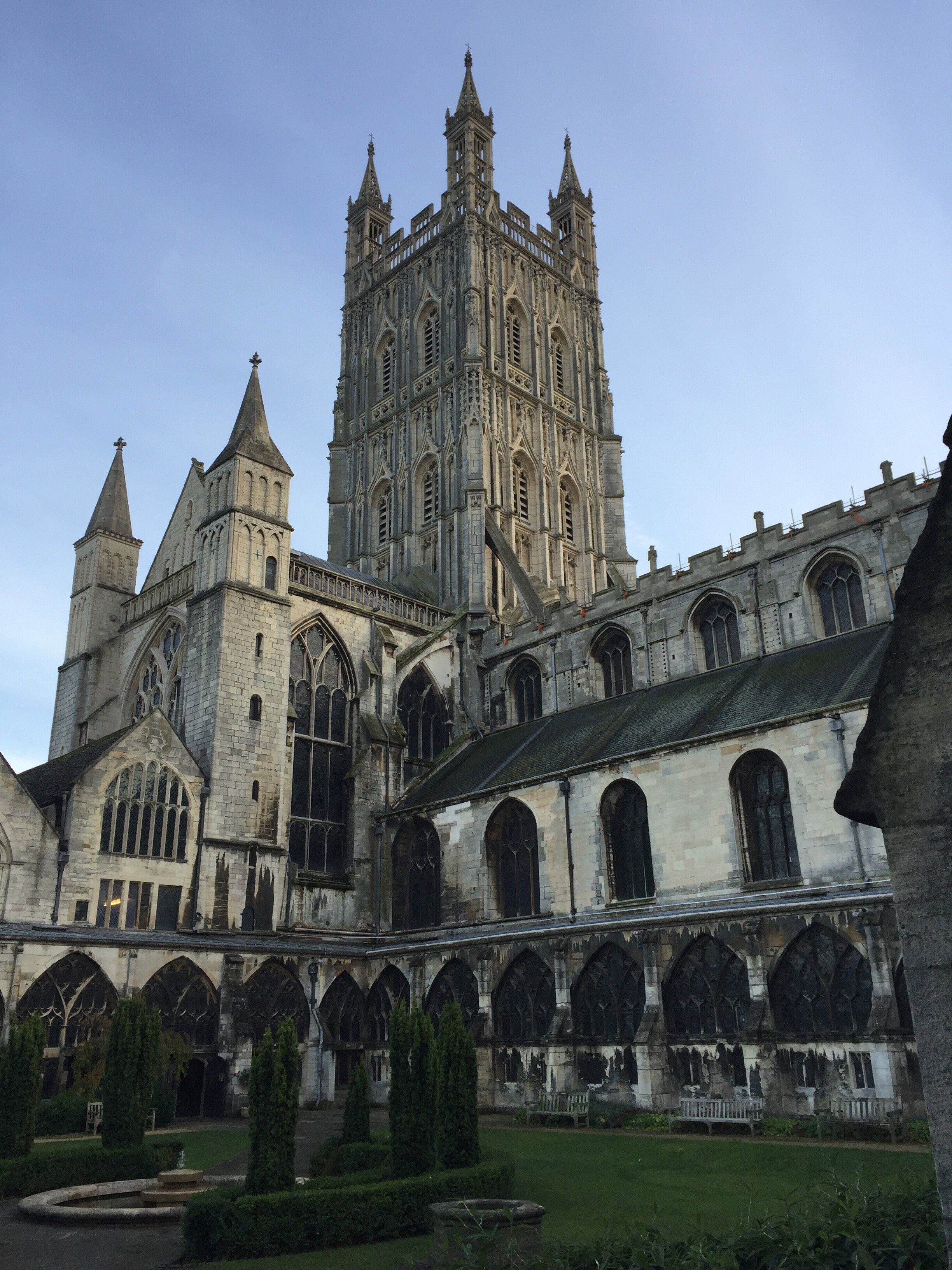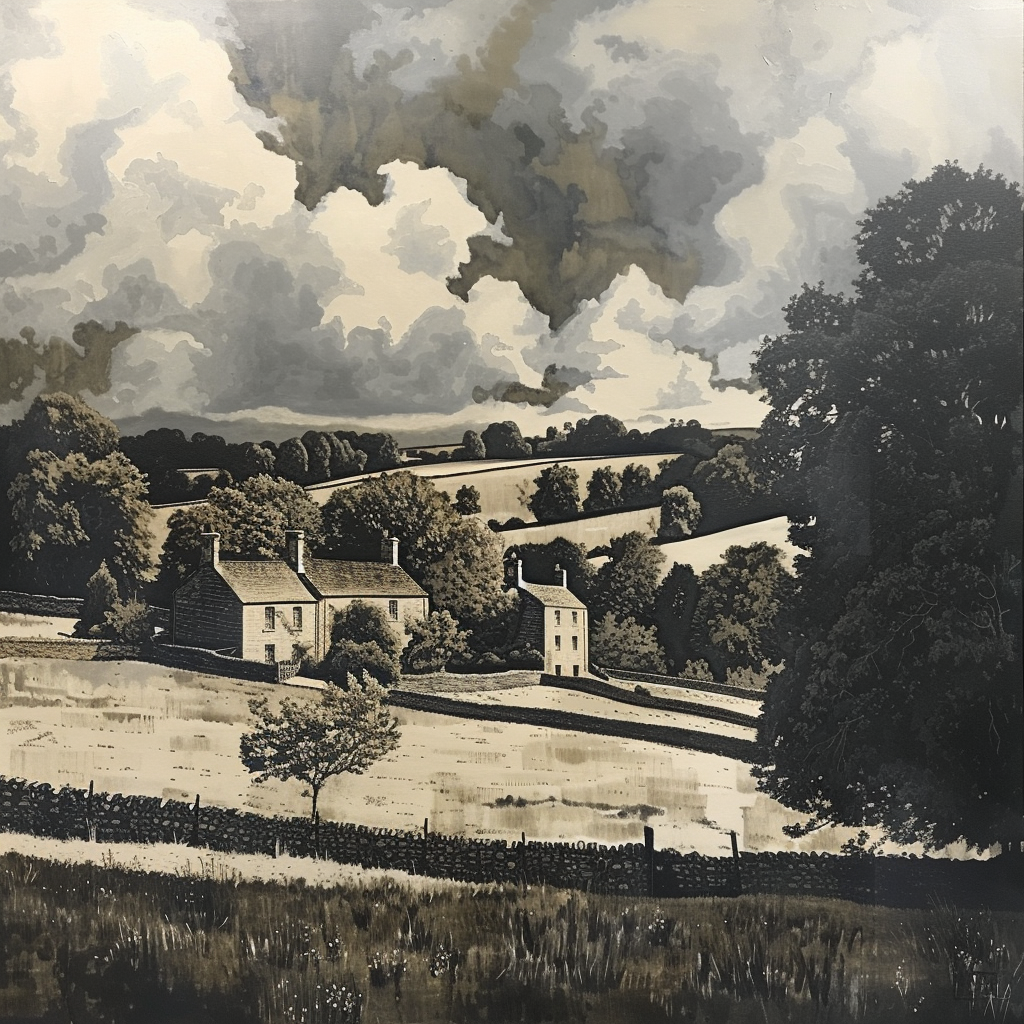Portrait of the Cotswolds by Edith Brill (1964) (Book Review 2nd Revision) ~ Gloucestershire 3

Gloucestershire
Book Review
Portrait of the Cotswolds
by
Edith Brill
(First published 1964)
Autumn, tiptoes across the landscape of Gloucestershire, Wiltshire, Somerset and Hampshire
Part I
WHEN I FOUND Edith's book in the Red Cross, Bath Road, Leckhampton, in the Spring of 2016, I was principally attracted as much by the antique style cover as its subject. The two combined, guaranteed the purchase.
As my early annotations suggest, I did not immediately take to the author's writing style. But as I became accustomed, I realized I was gaining afresh my childhood memories of the beautiful county of Gloucestershire, and more significantly, The Cotswolds, wherein I grew up, unconsciously knowing and believing that I was in one of the most beautiful parts of these islands.
Seven years on, I find myself thinking? Indeed, that is a bold statement. It is, for I am now very aware of the thousands of equally beautiful places throughout these Islands. Moreover, this is the case in every country, every sea, every ocean, hemispheres, and Poles of this incredible and miraculous planet, Earth.
Part II
Quietly working through this book ~ in 2016 ~ has become a means of relaxation and contemplation, especially at night just before I turn out the light in the cottage, where the sounds of the night through the open windows are of sheep, badgers, foxes, horses, and the occasional deer.
Deer? You say. They are rarely seen. Nevertheless, they tiptoe around, and tonight, by chance, we dined on venison cooked the old-fashioned way with cabbage, carrots, new potatoes, and dumplings.
This journey has caused me to see much more in the author who - a first for me - I now affectionately refer to as Edith because her writing is as if I know her, accompany her, learning from her the wonders of this land and people. How different we are from the days of the early 1960s, that decade of change, the Berlin Wall, the Iron Curtain, the Cold War, the Prague Spring, the disappearance of my teenage years’ hero, Alexander Dubcek.
Part III
In 2024, firmly rooted in Gloucestershire again, I remain very much in my adopted city of Liverpool up on the northwest coast of Britain. Liverpool brought me the freedom that, alas, Gloucestershire could not. This is not the fault of the shire, indeed any shire. The shifting tectonic plates of restriction and curtailment lie with any shire’s people all the way down through the ages.
I will not wipe away fourteen years of city life, and its happier associations, namely maritime, and my final home is also the indwelling peace and contentment with the absence of false guilt. It places me firmly below Cleeve Cloud and on the Cotswolds, on their lower slopes beneath the escarpment of Cleeve Hill and their northern boundary line, within a stone’s throw of my local town, Winchcombe.
Edith Brill reminds me that whenever I am paying my regular visits to Liverpool, I also have the delightful return to look forward to, to my beloved Cotswolds, my Shire ~ Gloucestershire ~ or, as my collected anthology and biography of all works over twenty years quietly underscores the central heartbeat of my being ~ From City Boy to Shire Lad.
19 April 2024
All Rights Reserved
LIVERPOOL
© 2024 Kenneth Thomas Webb
All Digital artwork by © 2024 KTW © 2024 IBM
Penned over coffee at Northleach 'The Wine Barn' in 2016
The village steeple
Just past the eighth hour in the forenoon, the cloudless sky hints at the task of clearing the heavy frost from the car and freeing up the wiper blades.
© 2024 KTW
Once upon a time
How strange. Half a century back now, yet the brickwork is the same, a hint of the history still firmly in place. In those days, the double yellow lines were a very new innovation. And that drain. Standing by that put many a driver, especially the lorries and buses, on notice. Gentlemen, Ladies, do not mount the kerb when you turn. It is never a good thing to ‘literally’ brush against the law!
But in those days, a constable, it seems, had a different standing. But I’m sure our ancestors on the Plaque would say Nowt has changed lad!
Winchcombe of Olde
“Dating from Saxon Times, by King Richard II’s Reign (1377-1399) a Horse Market was held along North Street. Iron Rings for tethering horses can still be seen.”
Indeed, they can.
I love architecture, especially brickwork. I love the pattern and skill of the craftsman. I realise now that this is an example of how ancestry plays a role, always. At least two maternal generations were renowned as Master Bricklayers and in Cheltenham, just down the hill, to this day, the line of decorative brick still stands from when that line was first so beautifully placed just above head height on the Tewkesbury Road by my great-grandfather, Samuel Marshall, in the 19th Century. A skill, and indeed a gift, that he passed on to his descendant and nephew, Frank Frederick Marshall (1938-2018). The buildings within the boundary wall did not survive the storm in the form of a stick of bombs in 1940, but the wall did. It stands, still. That’s good enough for me as a way of grasping hold of that Chap’s allegorical description about storms, buildings, foundations of rock and foundations of sand.
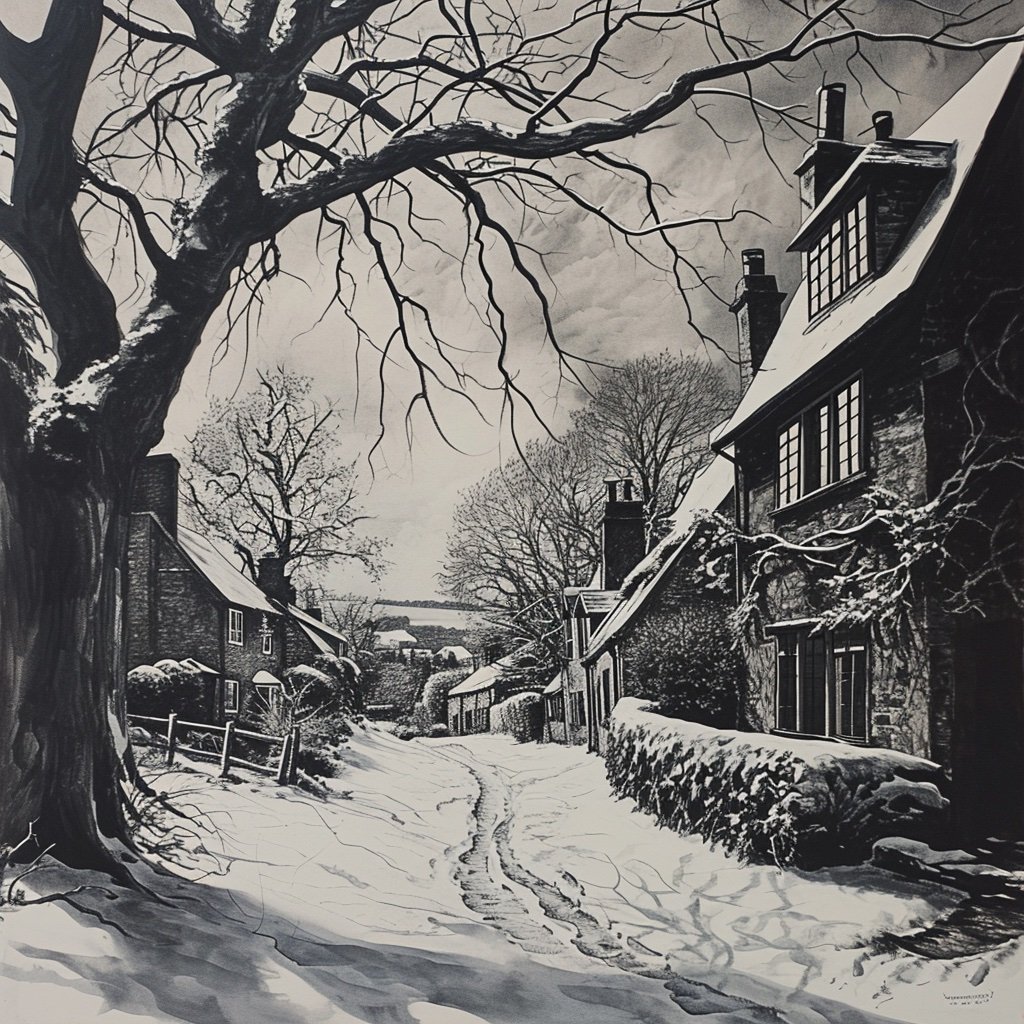
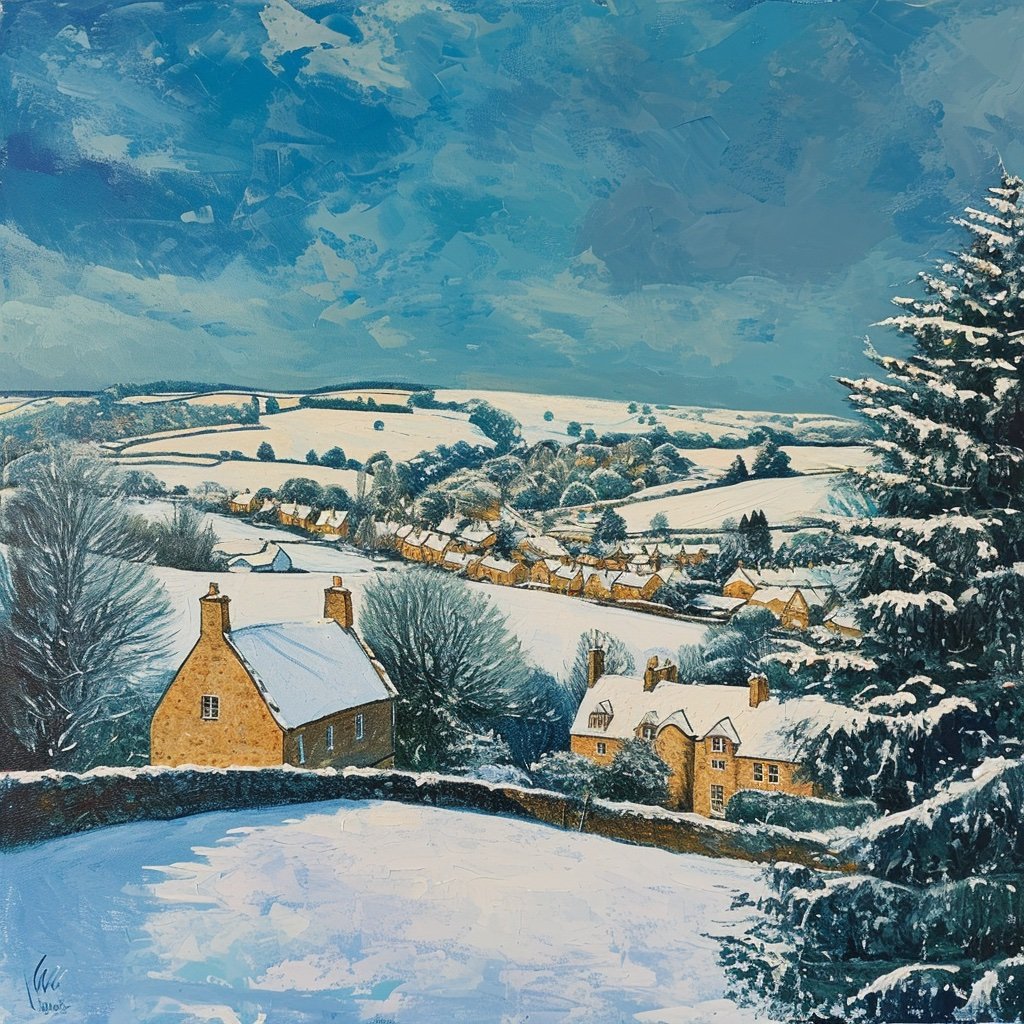
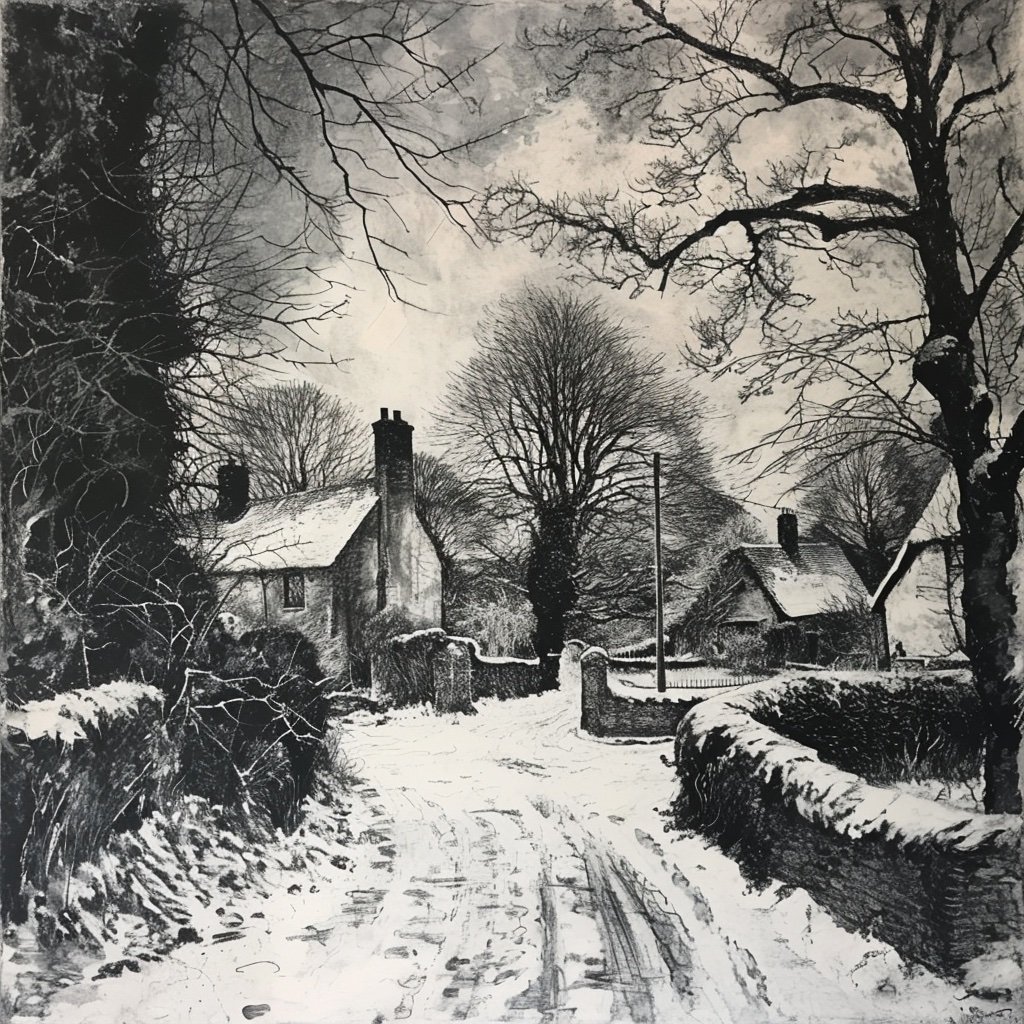
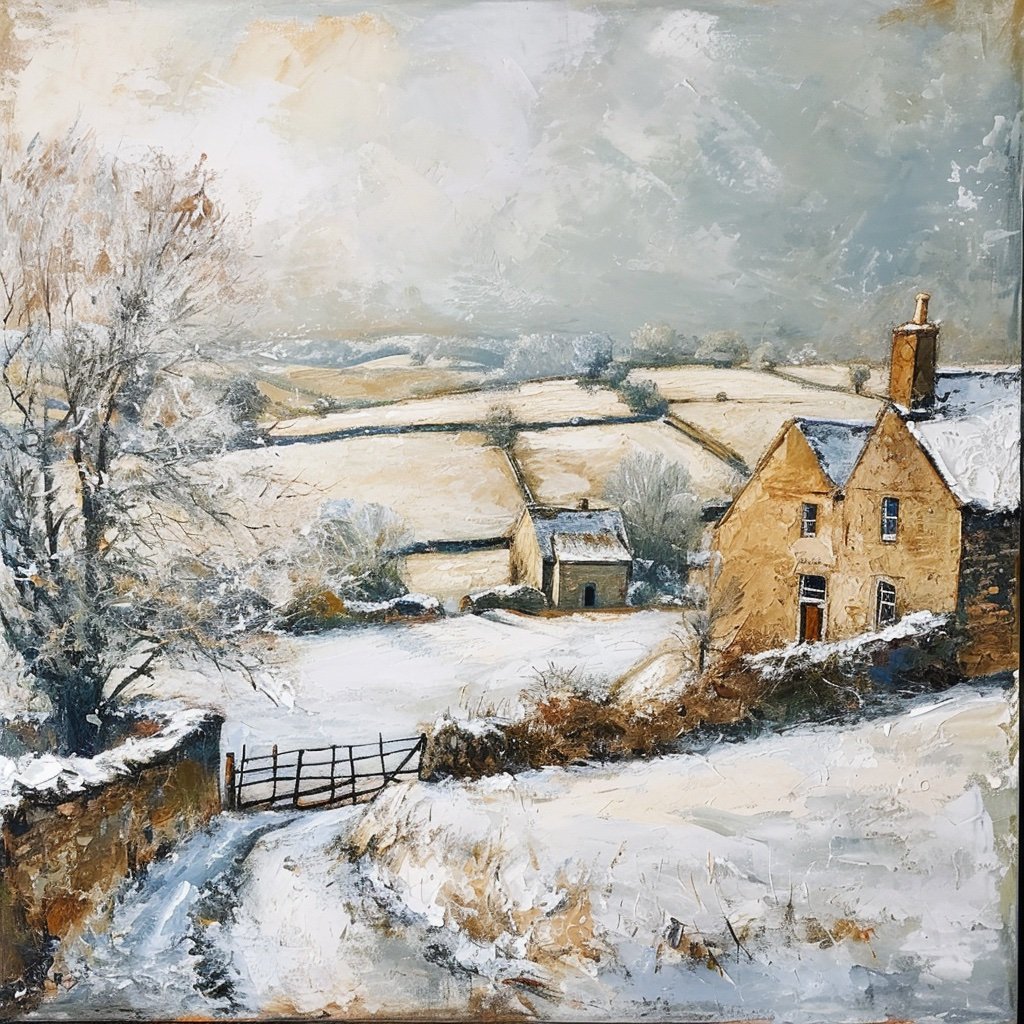
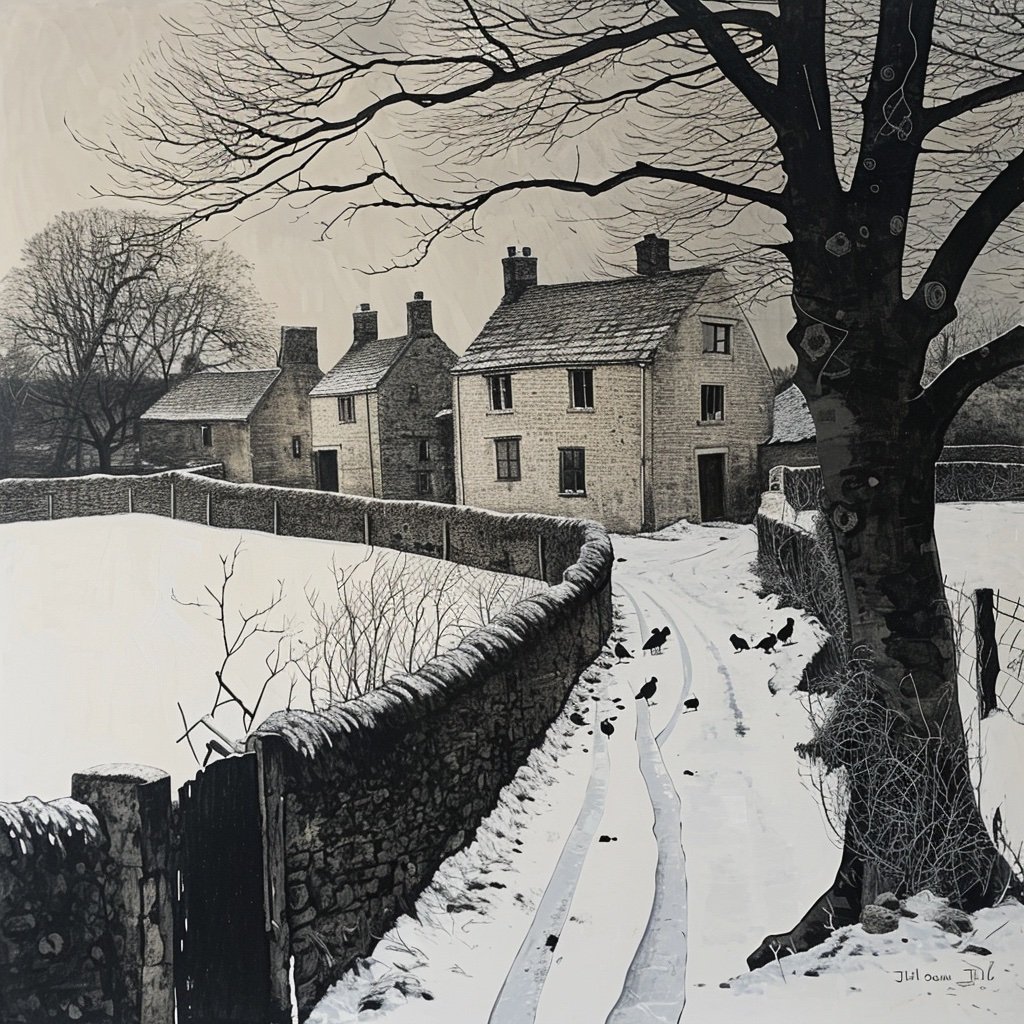


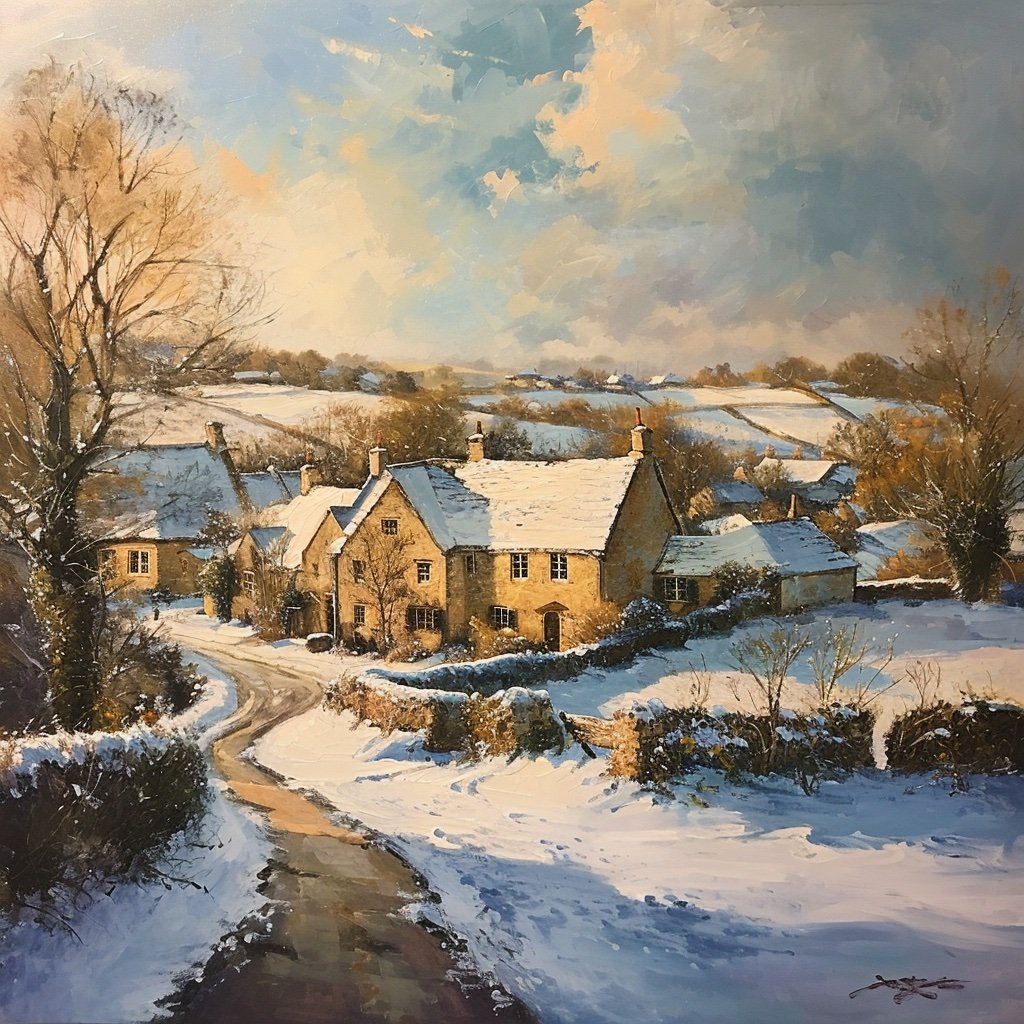
Ken Webb is a writer and proofreader. His website, kennwebb.com, showcases his work as a writer, blogger and podcaster, resting on his successive careers as a police officer, progressing to a junior lawyer in succession and trusts as a Fellow of the Institute of Legal Executives, a retired officer with the Royal Air Force Volunteer Reserve, and latterly, for three years, the owner and editor of two lifestyle magazines in Liverpool.
He also just handed over a successful two year chairmanship in Gloucestershire with Cheltenham Regency Probus.
Pandemic aside, he spends his time equally between his city, Liverpool, and the county of his birth, Gloucestershire.
In this fast-paced present age, proof-reading is essential. And this skill also occasionally leads to copy-editing writers’ manuscripts for submission to publishers and also student and post graduate dissertations.



